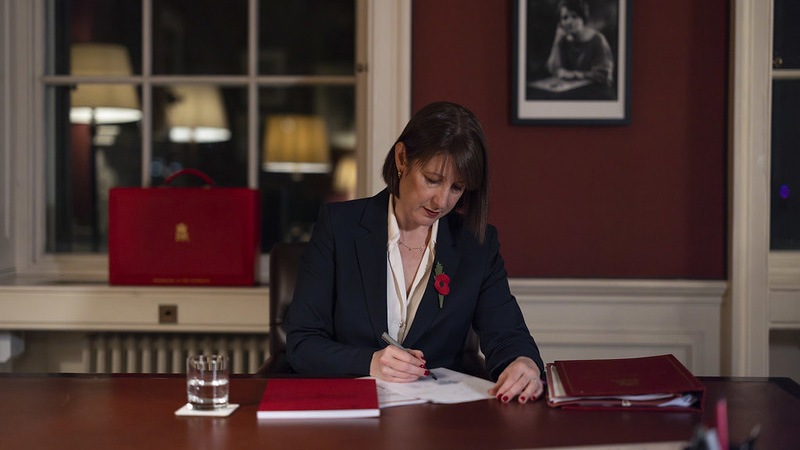That the April rise in inflation came in a fraction below expectation will do little to soften the blow that it hit 9% – the highest level since 1982.
Consensus expectations had been that it would reach 9.1%, up from 7% in March and 6.2% in February. The main culprit behind the increase was the 54% hike in the UK’s energy cap, which came into force last month.
Whereas there is general agreement that the US has passed peak inflation, expectations remain that the UK will hit double digits in the autumn, around the same time the energy price cap is due to rise even further.
Bank of England governor Andrew Bailey apologised for sounding “apocalyptic” when appearing before the Treasury Select Committee earlier this week. He said the current environment “is the biggest test of the monetary policy framework that we have had in 25 years”.
Given the monetary policy committee (MPC) has raised the Bank of England’s base rate at three consecutive meetings, taking it to its highest level since 2009, what does the latest data mean for hikes during the rest of the year?
Axa Investment Managers’ G7 economist Modupe Adegbembo (pictured) expects the MPC “will hike rates in their next meeting in June and once again in August, bringing rates to 1.5%”.
“We expect them to then pause their hiking cycle as demand weakens and slack begins to emerge in the labour market. This remains far short of market expectations, which expect rates to reach 2% by the end of 2022.”
However, Capital Economic’s chief UK economist, Paul Dales, thinks the Bank of England will need to go even further and hike to 3% if it wants to get inflation back to its 2% target.
Jamie Niven, senior fund manager at Candriam Asset Management, said: “Despite another material miss in the BoE’s inflation target and an extremely strong labour report yesterday, [two] members of the MPC wanted to signal no further rate hikes at the meeting earlier this month.
“I suspect we will continue to see the bank hike in 25bps increments over coming meetings whilst keeping a close eye on the impact on the real economy and the consumer’s cost of living crisis.”
Employment data released on Tuesday showed that, for the first time since records began, there were more job vacancies than unemployed people in the UK.
Silvia Merler, head of ESG and policy research at Algebris Investments, added: “The BoE remains behind the curve in terms of monetary tightening. Forecast peak inflation could reach 10% by the end of year, implying that real rates are likely to remain deeply negative in the UK, and a raising risk of stagflation.
“Following today’s higher than expected inflation figures, in theory, the BoE should raise rates more aggressively, even at the risk of further weakening the UK consumer.”
Merler also pointed out that the economic backdrop for the UK could become even more complicated in light of the fallout over the Northern Ireland protocol, adding yet another thorny issue to an already complicated situation.











